
1/9. CLICK IMAGE FOR NEXT
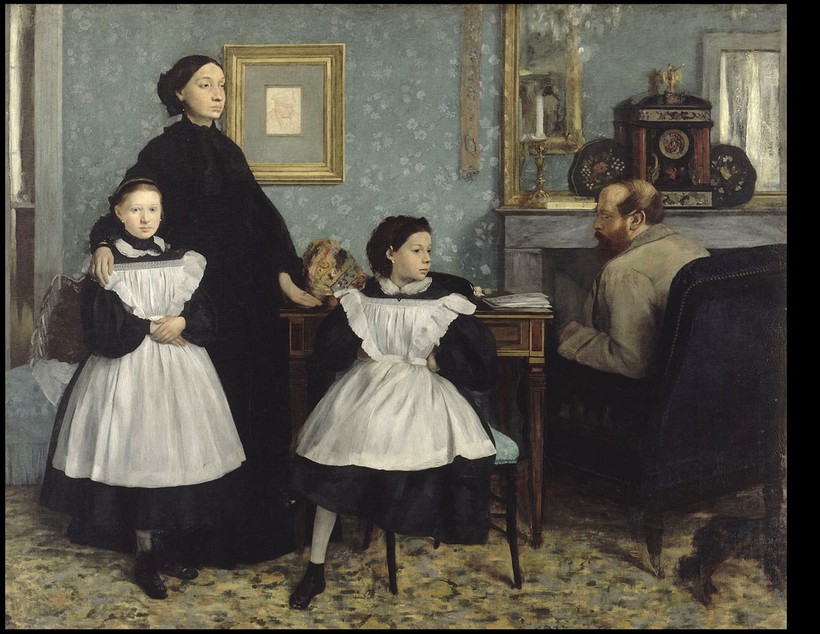
2/9
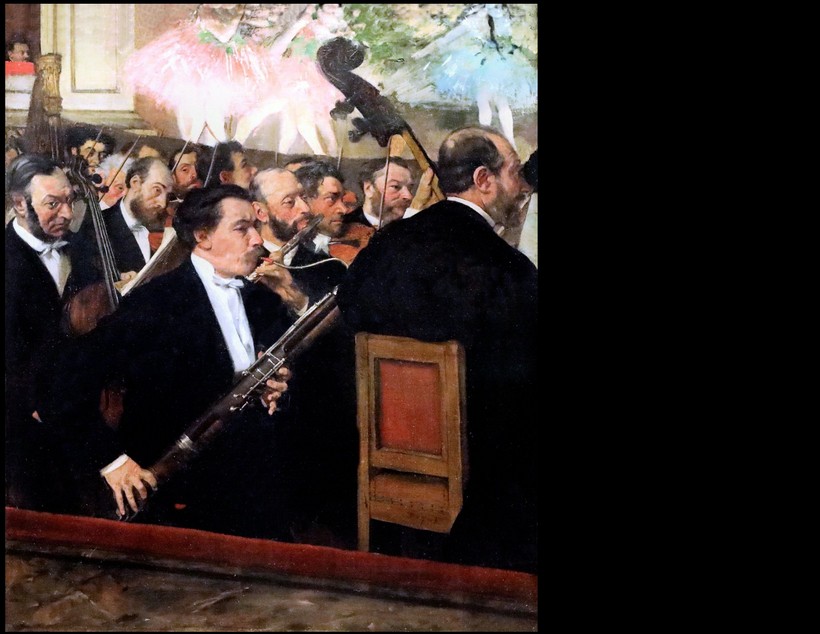
3/9
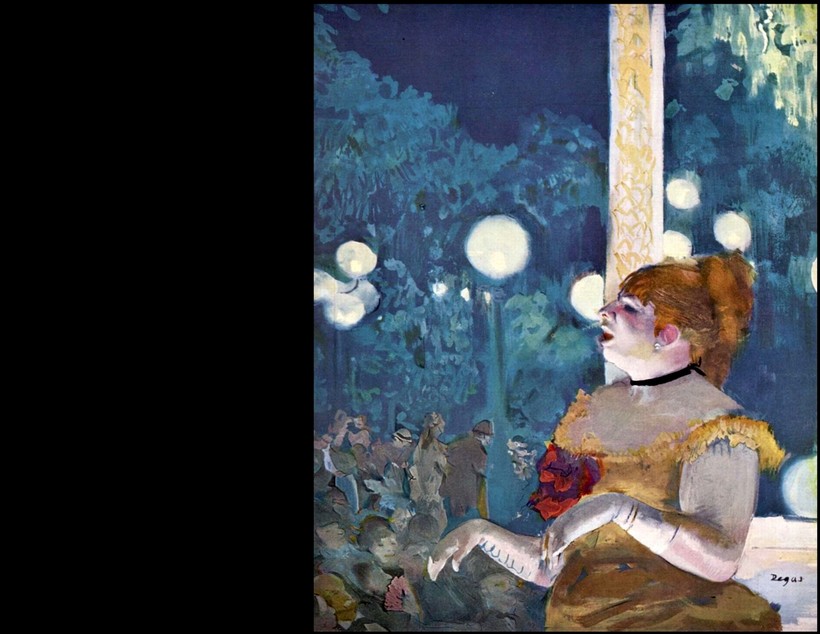
4/9
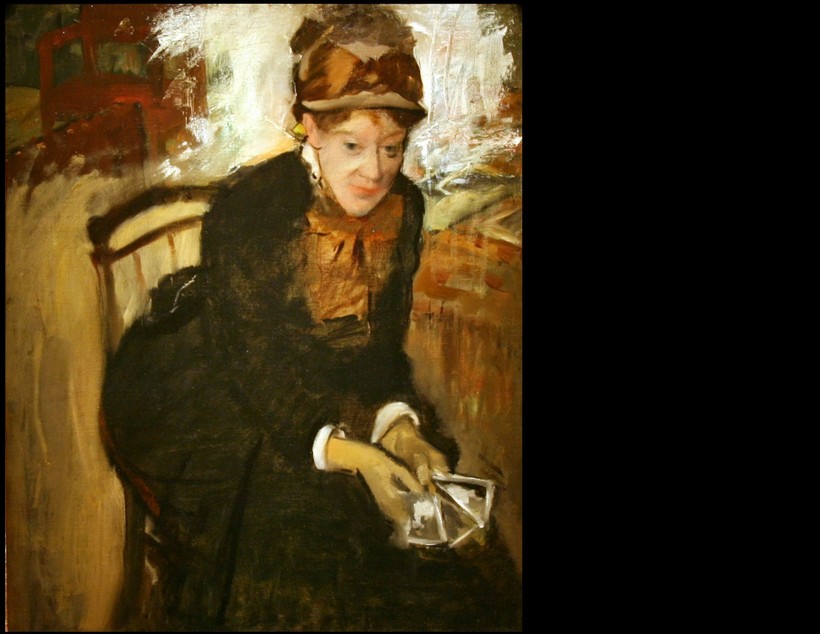
5/9
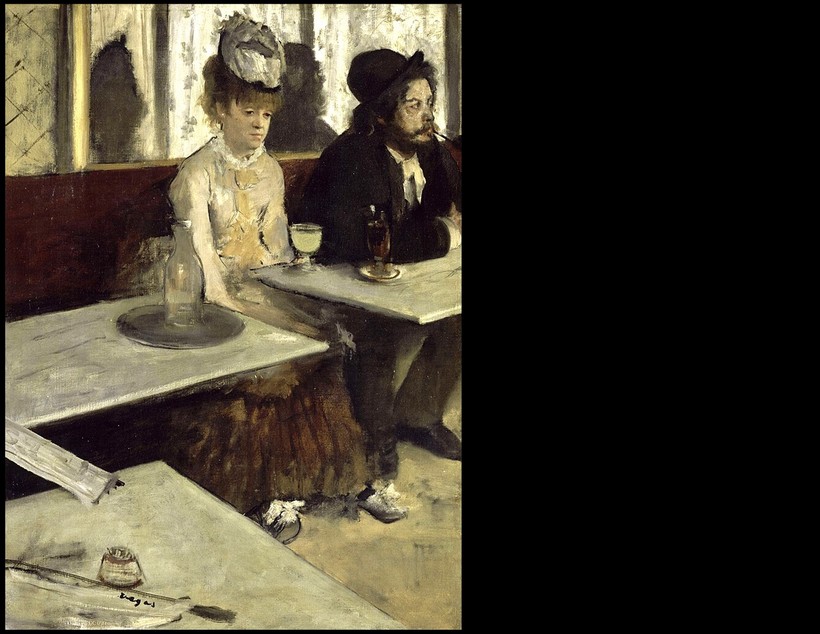
6/9
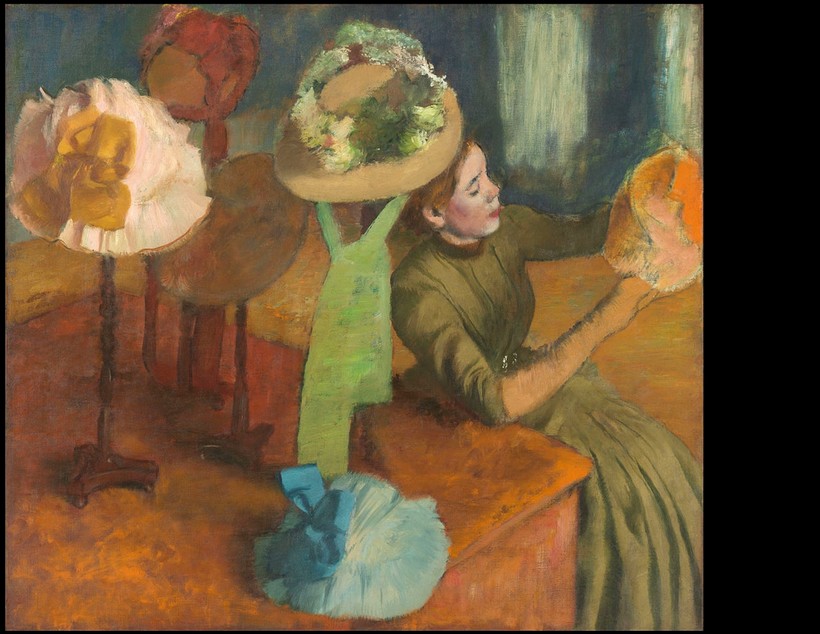
7/9
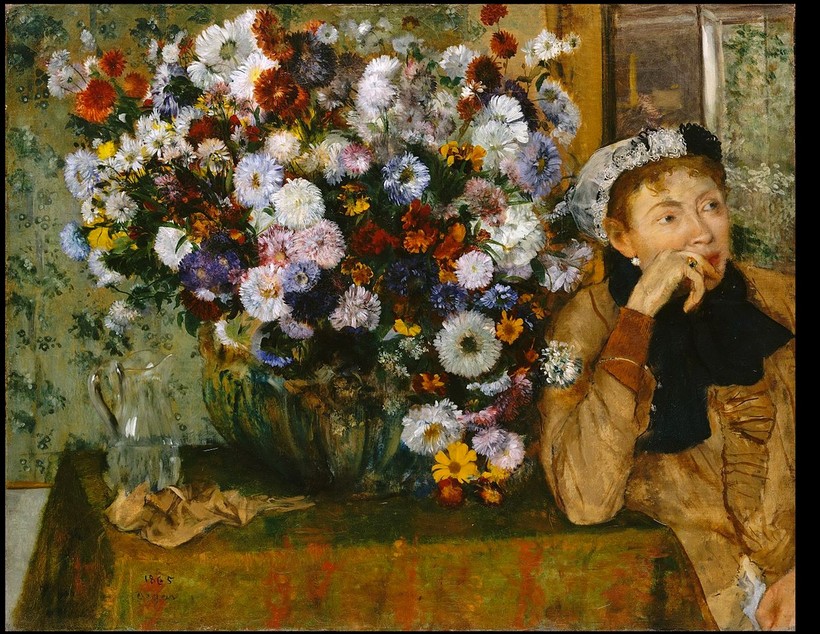
8/9

9/9
WHAT IS A PORTRAIT?
In this first class, we will consider some of the many answers to this question. As a way of thinking about it in advance, however, consider these nine Degas pictures, not included in the class. All involve figures. A few are frankly portraits; a few others are clearly not; and a few more occupy an ambiguous area in the middle. Look through them first without titles and try to decide which is which.

1/9. CLICK IMAGE FOR NEXT

2/9

3/9

4/9

5/9

6/9

7/9

8/9

9/9

1/9. Place de la Concorde
[Viscount Lepic with his daughters, but neither commissioned nor owned by him]

2/9. The Bellelli Family
[the artist's aunt, young cousins, and uncle]

3/9. The Orchestra of the Opera
[all the musicians can be identified]

4/9. At the Café-Concert; the Song of the Dog
[the singer has been identified but is not credited]

5/9. Mary Cassatt Seated, Holding Cards

6/9. L'Absithe
[Café de la Nouvelle-Athènes; models have been identified but are not credited]

7/9. The Millinery Shop

8/9. Woman Seated Beside a Vase of Flowers
[conjecturally identified as the mother of #9]

9/9. Portrait of Mlle. Hortense Valpinçon
When you’re ready, click the link below to see each again with its title. [NOTE: text in square brackets is additional information, but not part of the official title.] If the exhibited title mentions the person’s name, does that automatically make the picture a portrait? What if we know who the person is, but they are not part of the title? What if there is more than one person in the picture? Can a depiction of someone in a casual setting also be a portrait? Must a portrait be in response to a formal commission (none of these examples are)? I'll offer some tentative answers to these questions here, but we will discuss such things in class. [SHOW TITLES] [SOME ANSWERS]
| SOME PARTIAL ANSWERS: There are different categories, depending on the artist's relationship to the sitter or model: | |
| • | Portraits commissioned by a third party for a fee would be unarguable, but nothing here is in that category. |
| • | The pictures of the Bellellis (2), Cassatt (5), and Mlle Valpinçon (9) at least declare themselves as portraits, though they are of friends and not done for money. |
| • | Place de la Concorde (1) and Woman with the Flowers (8) were also modeled by friends; the people are attractively presented in a meaningful context, but they are not the only subject of the picture. |
| • | Contemporaries (and historians) would no doubt recognize the musicians in the Orchestra (3) or Café (4); they are not personal portraits, but might serve as professional ones. |
| • | Finally, the Bar (6) and Millinery Shop (7) were clearly painted for their milieux; even when we can identify the model, as we can in L'Absinthe, she is clearly acting a role, not present in her own person, and thus not a portrait. |